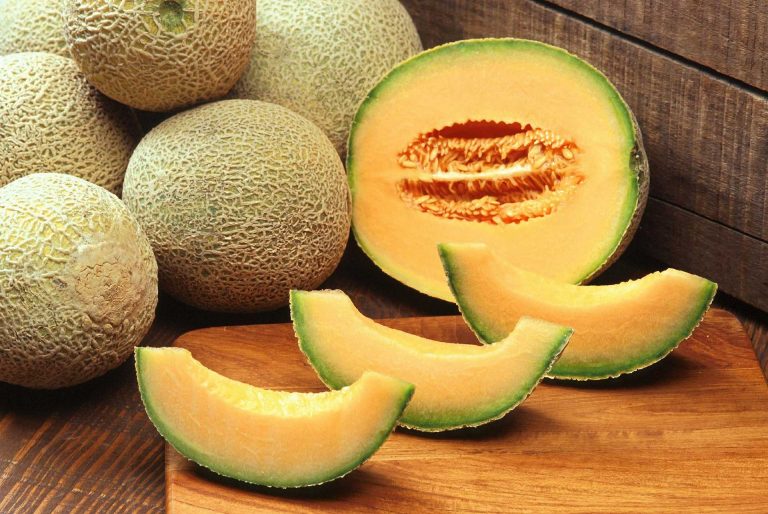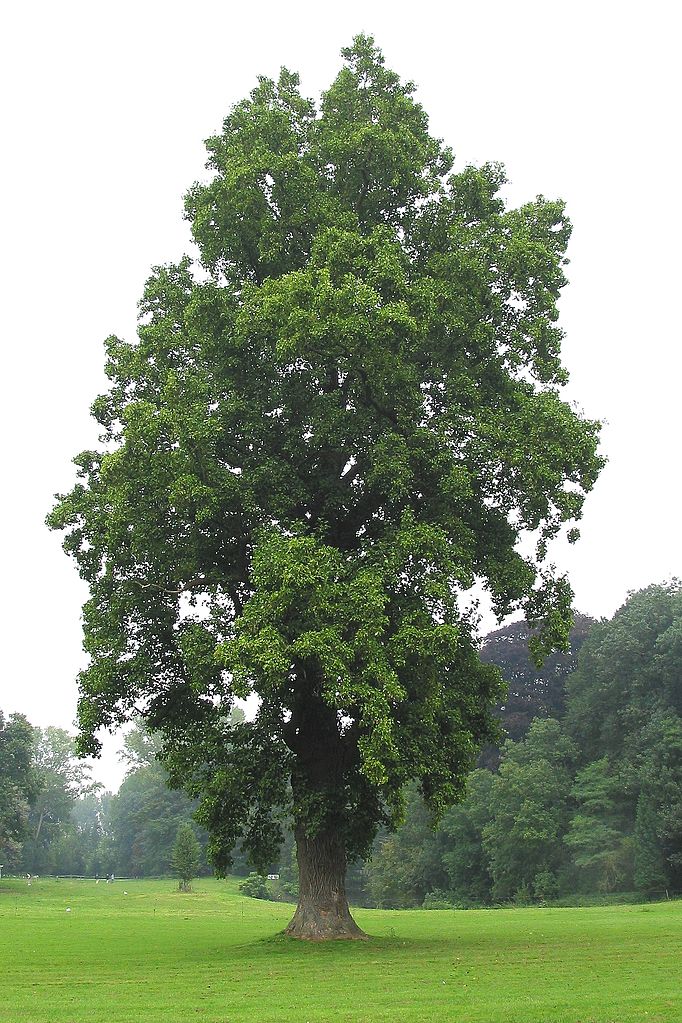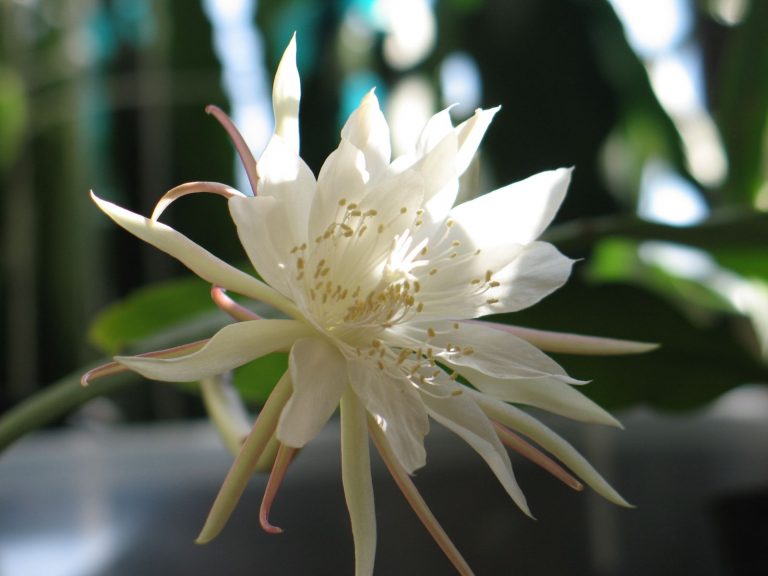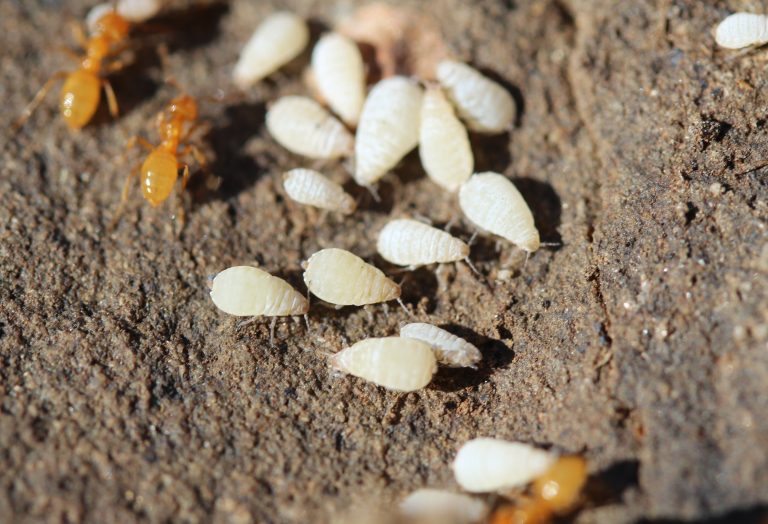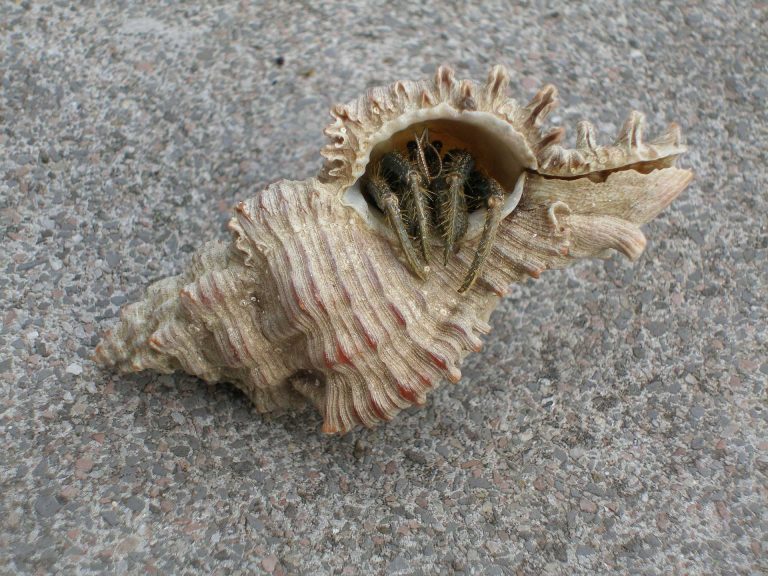Onions
Scientific Classification
| Kingdom: | Plantae |
| Clade: | Angiosperms |
| Clade: | Monocots |
| Order: | Asparagales |
| Family: | Amaryllidaceae |
| Subfamily: | Allioideae |
| Genus: | Allium |
| Species: | A. cepa |
| Binomial name: | Allium cepa |
Bulb onion is another name of common onion, (Allium cepa) which falls under the genus of Allium and prefers to grow in cold season. The Allium family contains several other vegetables, that people often refer to as onions.
Anatomy
The fan-shaped leaves are smooth, blue-green in color and grow alternately in a flattened and fan-shaped wrap. Being cylindrical in shape, the tubby and void leaves are the broadest quarter ways from the start, above which they dwindle into a blunted tip. Each leaf base is flat, and mostly the whitish sheath grows out of the disc at the base.
Below the disc, an array of fibrous roots makes their way deep into the soil. With the maturing of the onions, they store food at the base of the leaves, and at the onion bulb.
Habitat
About two thousand years ago, the onions were cultivated in ancient Egypt, along with garlic and leeks. Onions and Radishes fed the Egyptian artists, who built the pyramids.
GROWING AT HOME
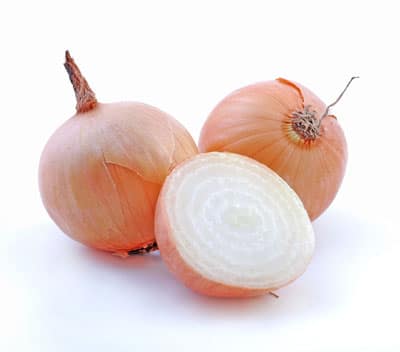
Soil for Planting
Nitrogen rich, well-drained and loose soil is ideal for onions. Raise the soil beds and rows up to at least 4 inches in length. Hard soils restrict the soil from developing the bulbs. Use fertilizers or manure before planting. Nourish the plants consistently, if you want to get huge bulbs.
Blending ample amount of nitrogen-containing fertilizer during planting is vital for the crops, along with a side dressing before harvesting.
Start planting the onions, as soon as the ground gets ready by spring. They say that late March or April is also favored as the temperature must not go below 20 F.
In re-location of plants, set them at a 1 inch depth, and maintain a gap of about 4-5 inches in between, and 12-18 inches away in case of rows. Burying more than 1 inch could harm the easy growth of the bulbs. Rotate them with other crops.
Watering
Mulch the soil, if you cannot oil them regularly. 1 inch of water a week, is adequate for anyone unless there is a drought. For obtaining delicious tasting onions, use more water. Well-drained soil produces healthy crops.
Temp and Humidity
Plant onions as soon as the ground is ready by the spring, usually during late March or April. 20 degrees F is the minimum temperature for onions.
Flowering and Maturing
As soon as the onions become ready for harvesting, the top portions turn yellow and start falling. Bend the tops, and trample them to accelerate the ripening procedure. Ease the soil, and allow them to dry. Turn them up carefully after some days, in order to help them to cure the soil. Handle delicately to avoid wounds. Growing onions is not difficult provided you follow the prescribed steps.
Care
Planting
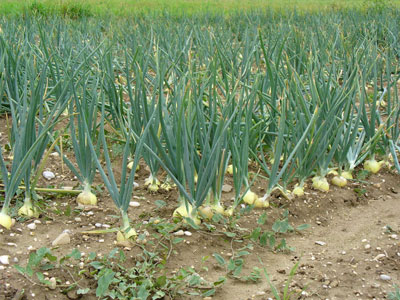
Photo by: Rainer Haessner
In order to obtain huge size bulbs, add fertilizers rich in nitrogen in a regular interval of time, and stop the process only when the onions push away the soil with the beginning of bulbing. Do not forcefully cover the onions with the soil. Mulch the soil regularly to remove weeds, and make sure the soil remains hydrated. Pick the onions that send the flower stalks upwards, as these are symptoms that they have bolted.
Pest and Pesticides
Thrips are small sewing-needle like insects that infect the onion plants. Use dark paper pieces, to remove the tan colored thirps. Insecticidal soaps will rid the plants of harmful insects. Spraying the soap two- three days after will remove thrips.
Onion Maggots: It is vital to cover the flourishing crops with a fine mesh net. Seal it around the edges with the soil, in order to prevent the onion maggot from laying eggs, especially during the rainy seasons. Mulching regularly is very essential, as the insects prefer to grow around decaying matters. Harvest completely as the onion matures.
Harvest Month and Storage
The onions are ready for plucking as soon as the top turns brown, usually in the late summer, before the cool season. Sometimes the mature onions face destructions during the fall.
Dry the onions by spreading in open grounds, for a few weeks before storing them in a root cellar or other areas. Mature onions, after drying, prefer cool, dry places. Avoid storing them with potatoes, apples or similar crops.
Varieties
In general, there are two varieties of onion, Long- day in the North, and short-day for the South.
- The ‘Yellow Sweet Spanish’ is a long-day hybrid, which is yellow-white in color and is huge and round shaped.
- An example of the short-day form is ‘Stuttgarter’, a yellow-colored flat-shaped onion, which they sell in sets.

Having discovered a fondness for insects while pursuing her degree in Biology, Randi Jones was quite bugged to know that people usually dismissed these little creatures as “creepy-crawlies”.


